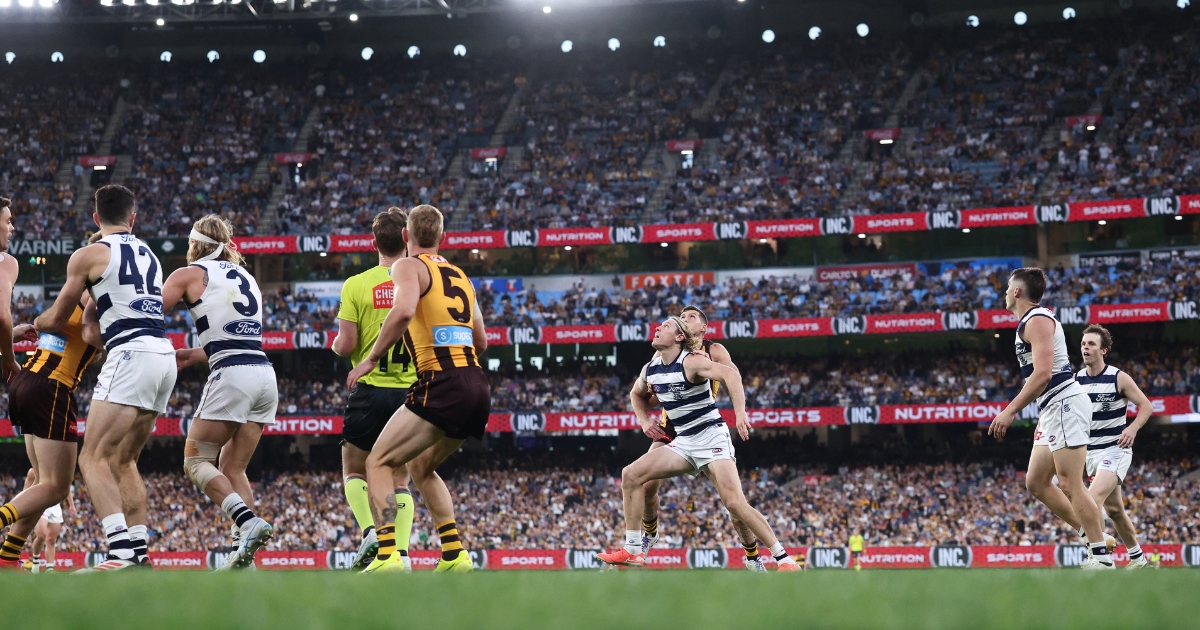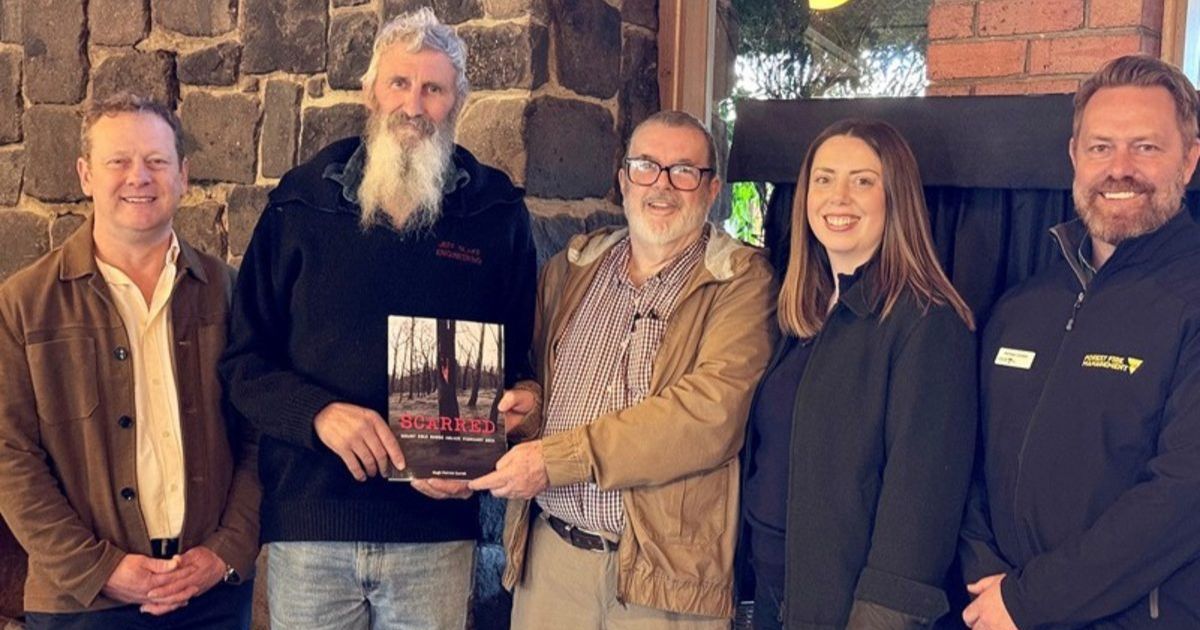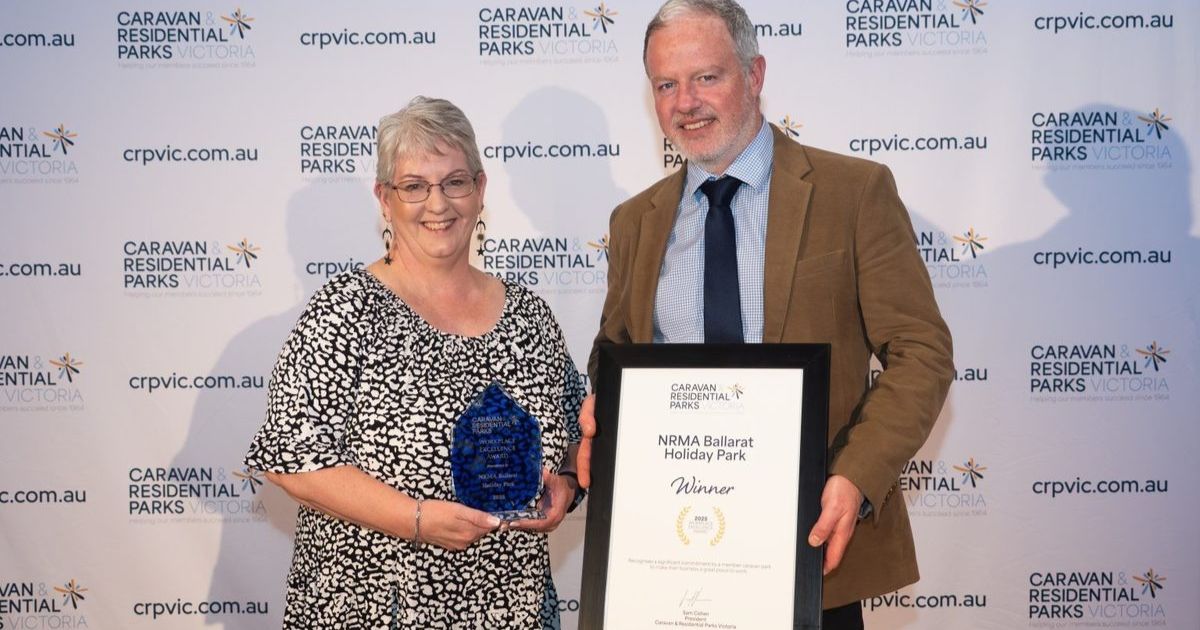Mathematic mural a star-spangled storyteller

Facts meet flair: Gordon Monro said the Eurekapedia was a valuable resource during his research phase of creating the artwork. Photo: SUPPLIED
COMBINING history and maths, Eureka: Singular and Plural is a new work from digital artist Gordon Monro.
Now on display at the Eureka Centre, the mural explores the stories of 75 people who were at the Eureka Stockade riot, through a star-shaped pattern of triangles.
“The Eureka event was not about a single person, or a family saga, or about millions of people and whole nations; it was a middle-sized event… but we know a lot of names of people involved,” he said.
“These were individuals acting in the world on their own behalf, but enmeshed in forces greater than themselves.
“Even Governor Hotham didn’t want the job, so I wanted to find a way to deal with this concept.”

Monro discovered a mathematical pattern largely made of whole and broken eight-point stars, resembling the iconic stars of the Eureka Flag.
Modifying the pattern to be made of triangles entirely, computer-designed artwork Eureka: Singular and Plural was formed.
“In there is a slightly-obscured Eureka eight-pointed star. Seventy-five individuals are represented in the work by stars. Seventy-two are named people with some connection to Eureka,” Monro said.
The piece also recognises the technological changes of the time, with reference to the electric telegraph, which started in Melbourne in 1854, and reached Geelong just prior to Sunday, 3 December.
“According to Museums Victoria, the first message sent from Geelong to Melbourne by the new electric telegraph was news of the Eureka Stockade riot, so each star on the wall for a person has their initials represented in morse code.
“On another wall at the Eureka Centre there are the 75 very short biographies with the morse code for their initials just to draw attention to this huge technological upheaval… because Eureka is always seen as part of a social revolution,” Monro said.
Eureka Centre manager Anthony Camm said contemporary artists in unusual fields of practice, like Monro, can unpack iconic moments in history in a fresh way.
“They can twist and change our perspective on history. We’re used to looking at it in a formal way; facts, key individuals and social phenomenon, but often bringing someone in with an artistic approach leads to a really surprising outcome, and that’s what we have here with Gordon’s artwork,” he said.
“We’re keen to provide multiple entry points for visitors to the Eureka Centre. Some people really want to learn the official history, facts, figures, people and places, and others are looking for a different, contemporary experience.
“We’re keen to bring visual arts in when we can to activate the space and create new experiences.”
Eureka: Singular and Plural is free and on display until January next year.


















